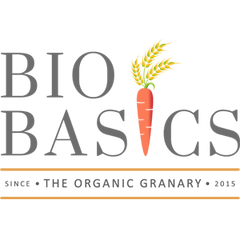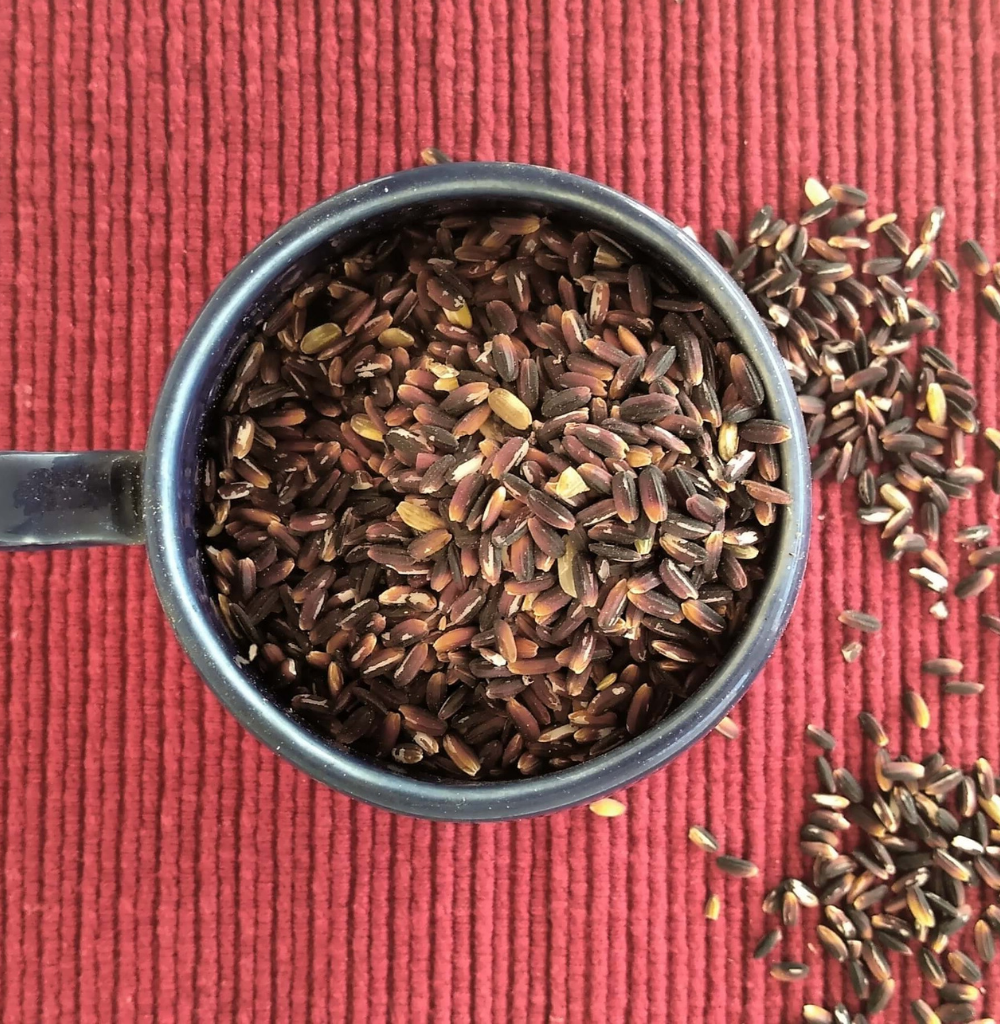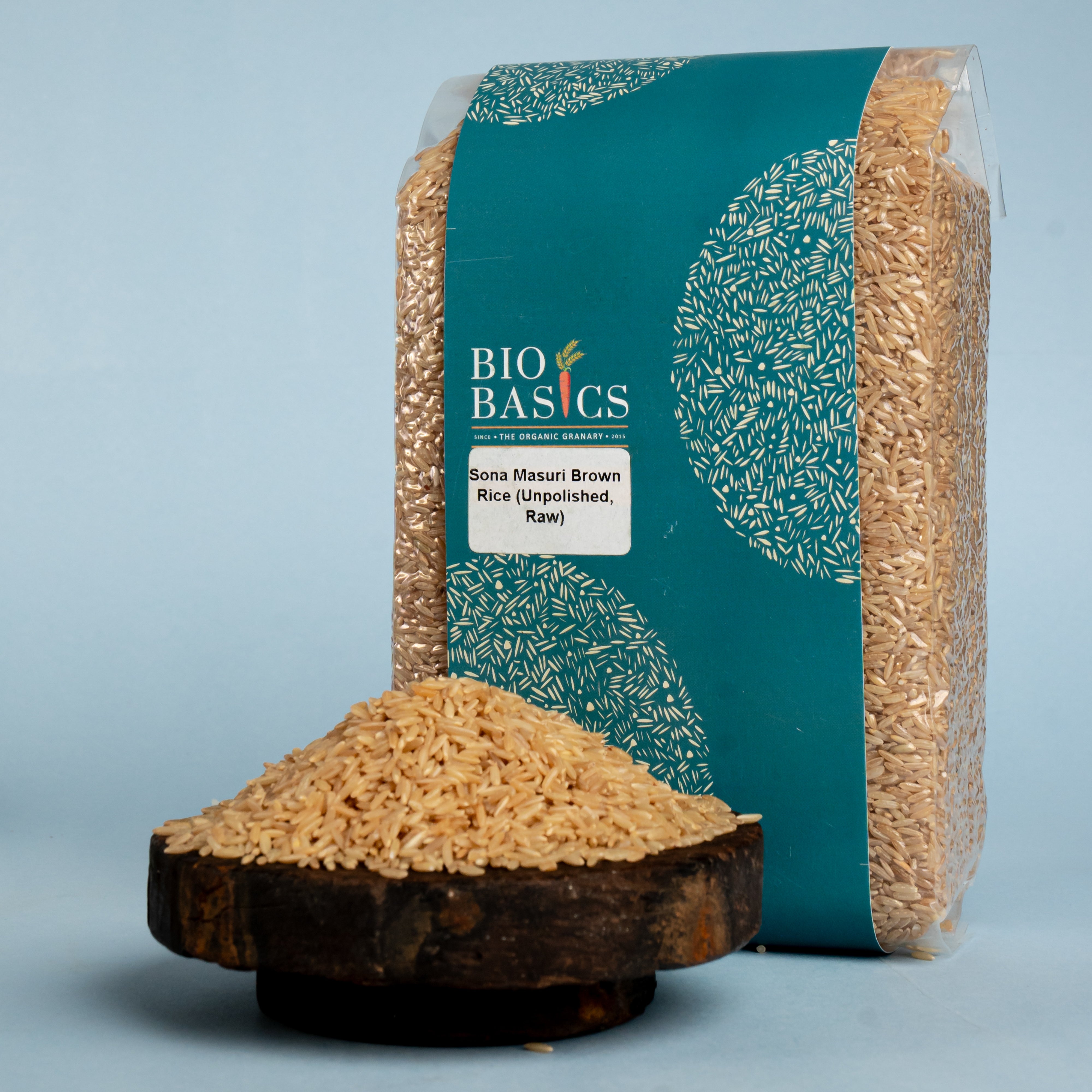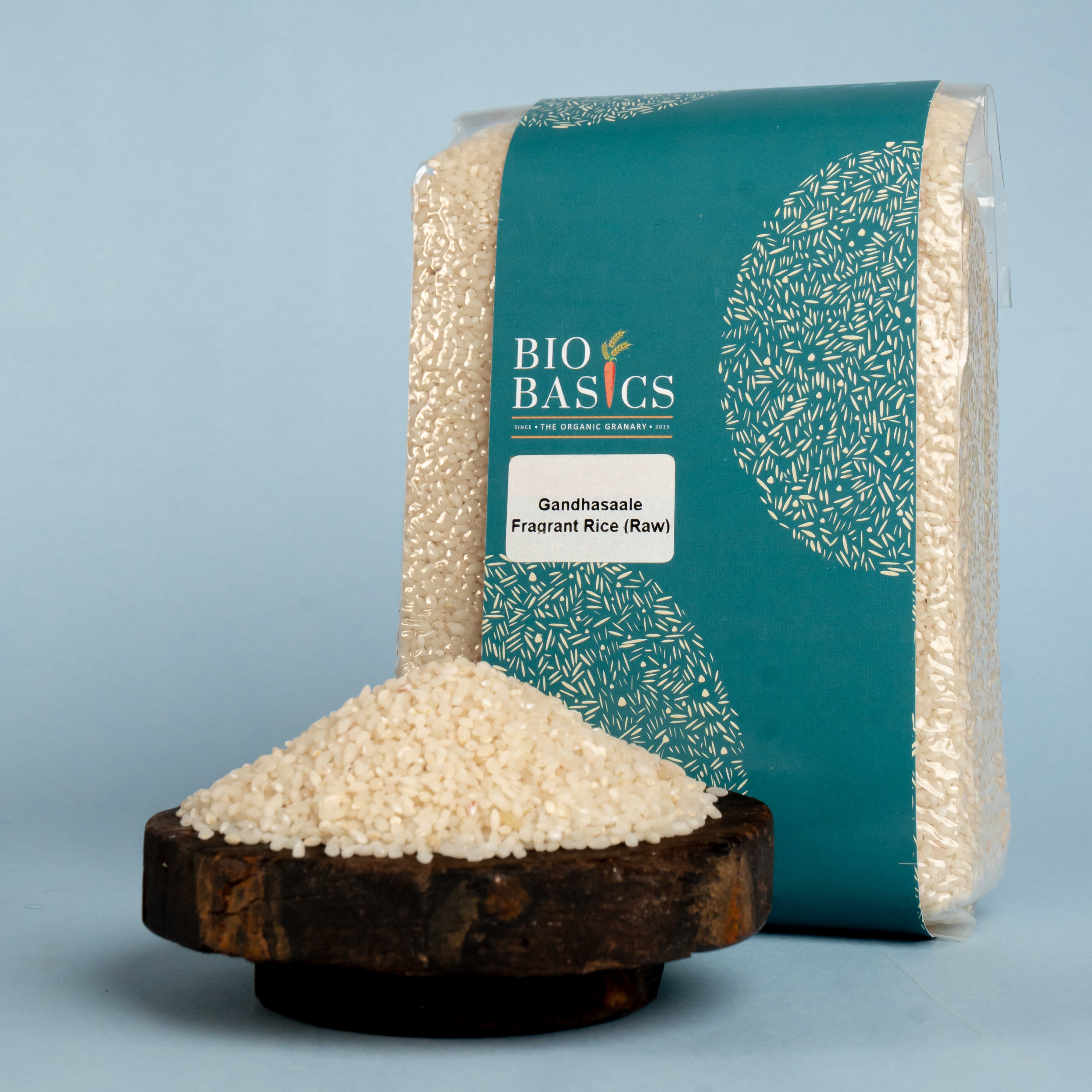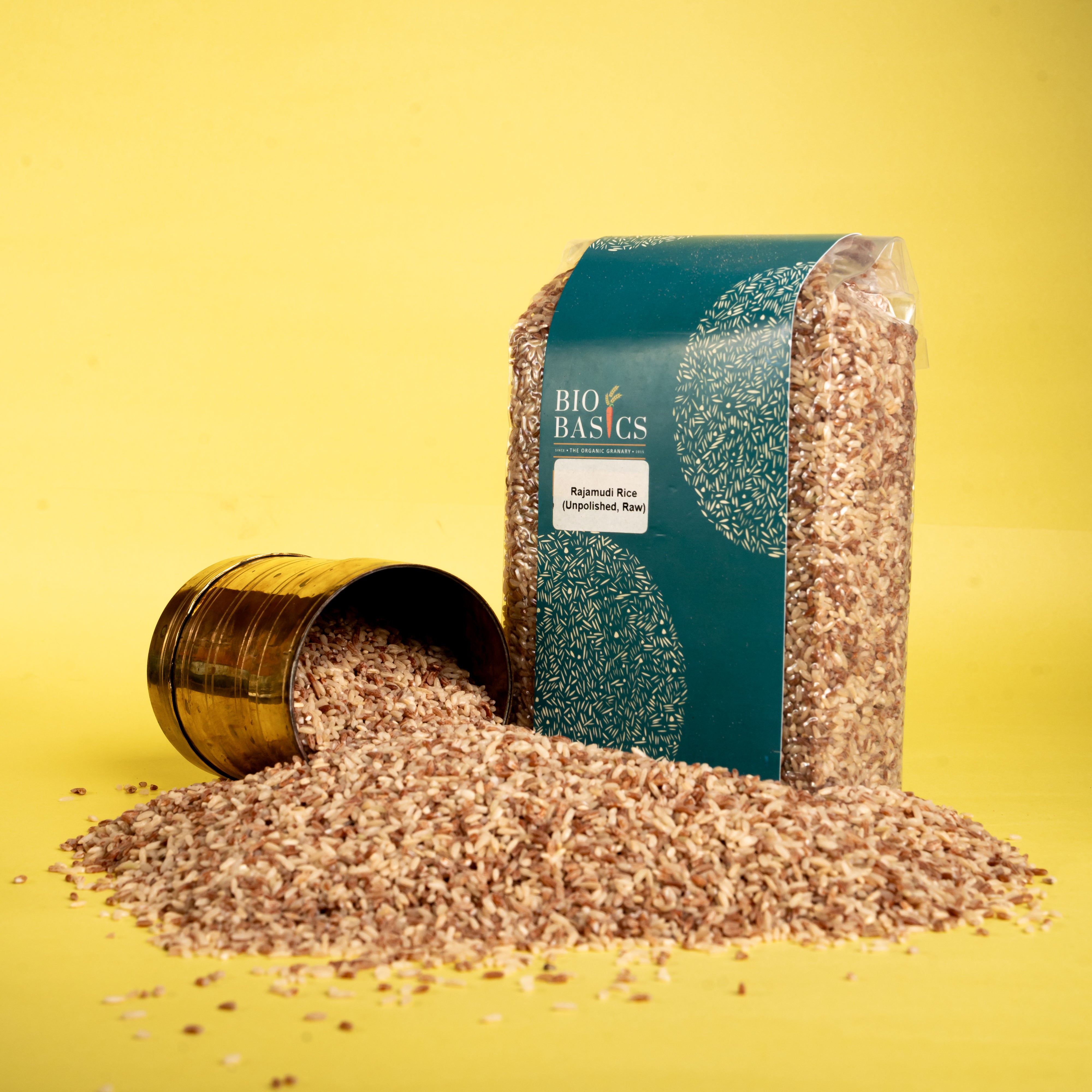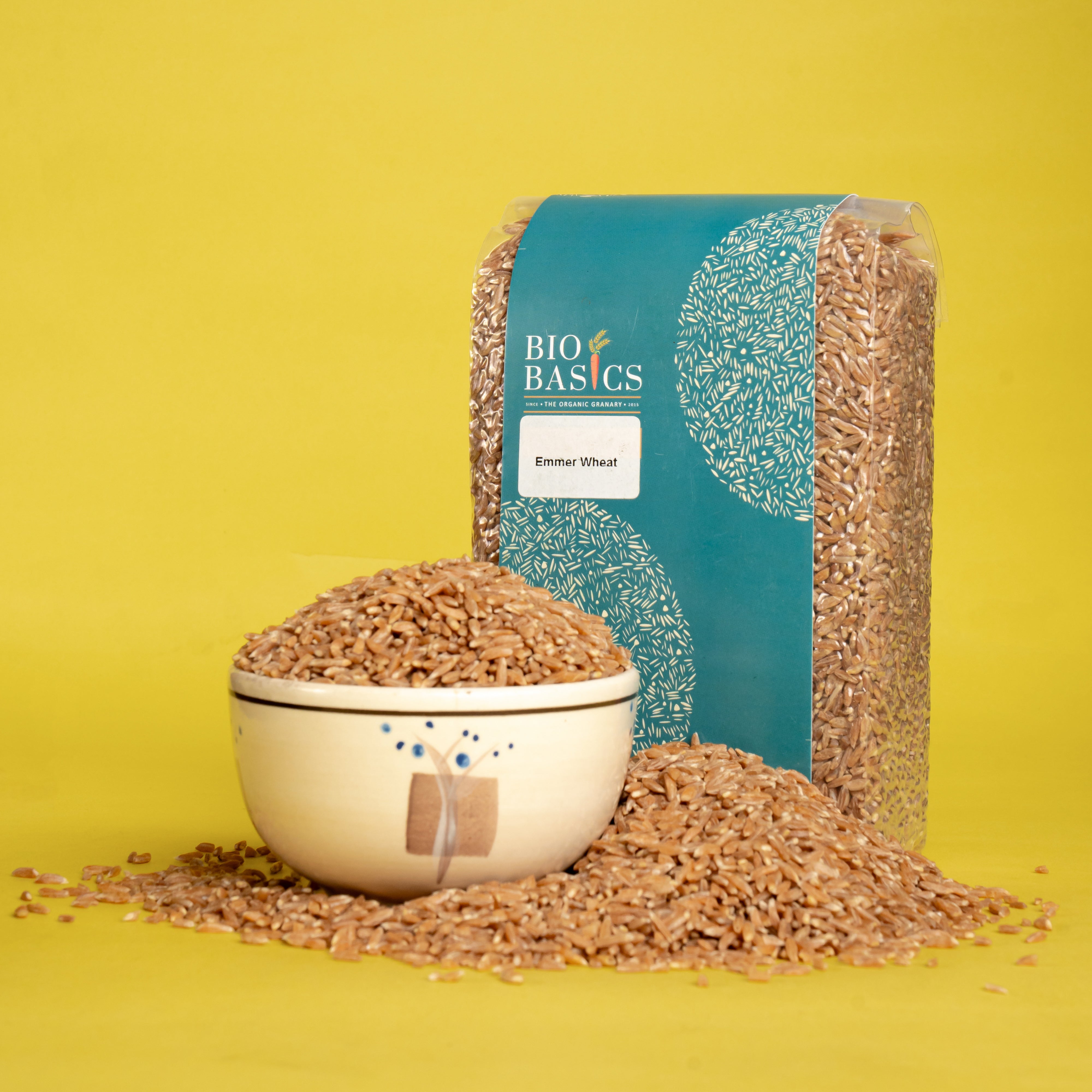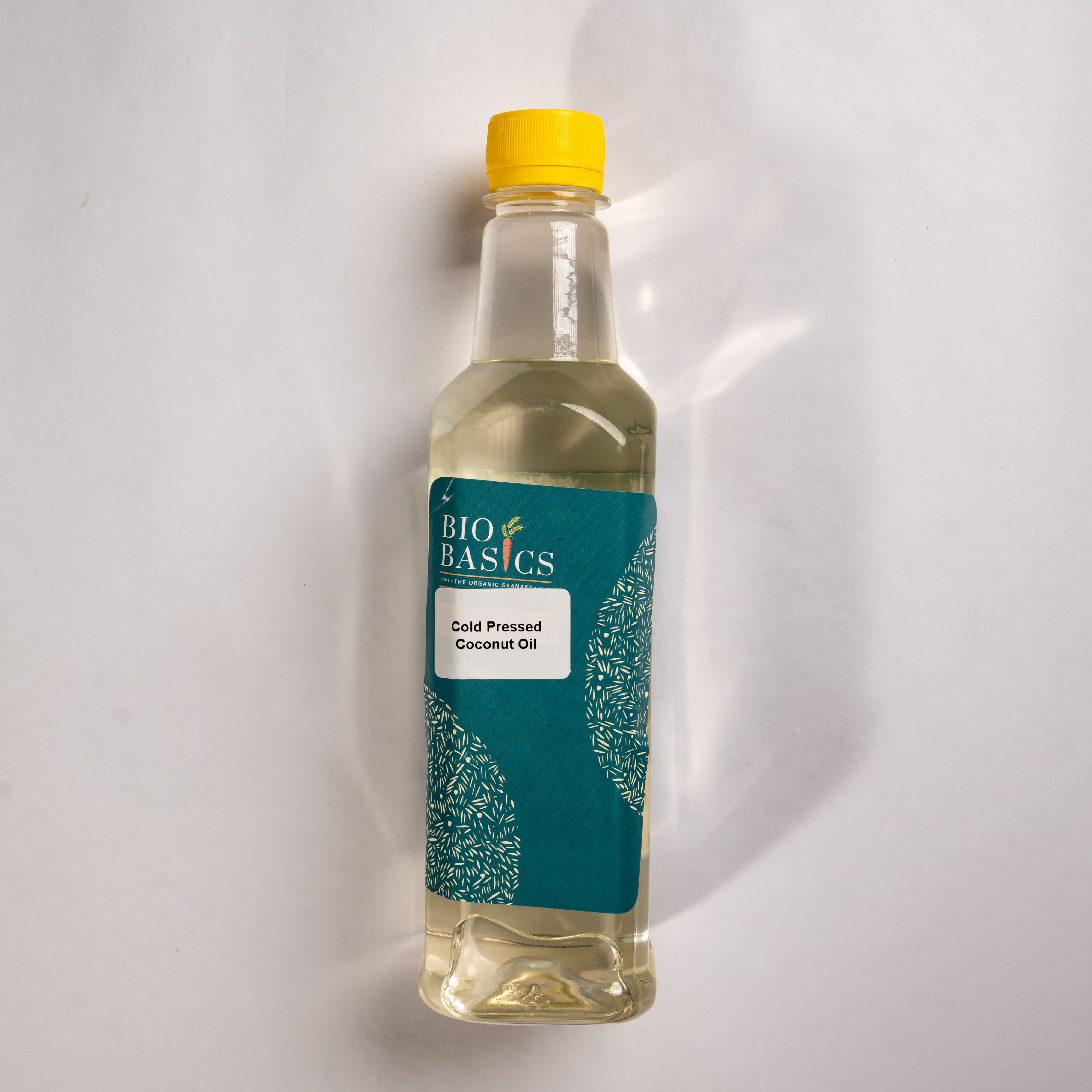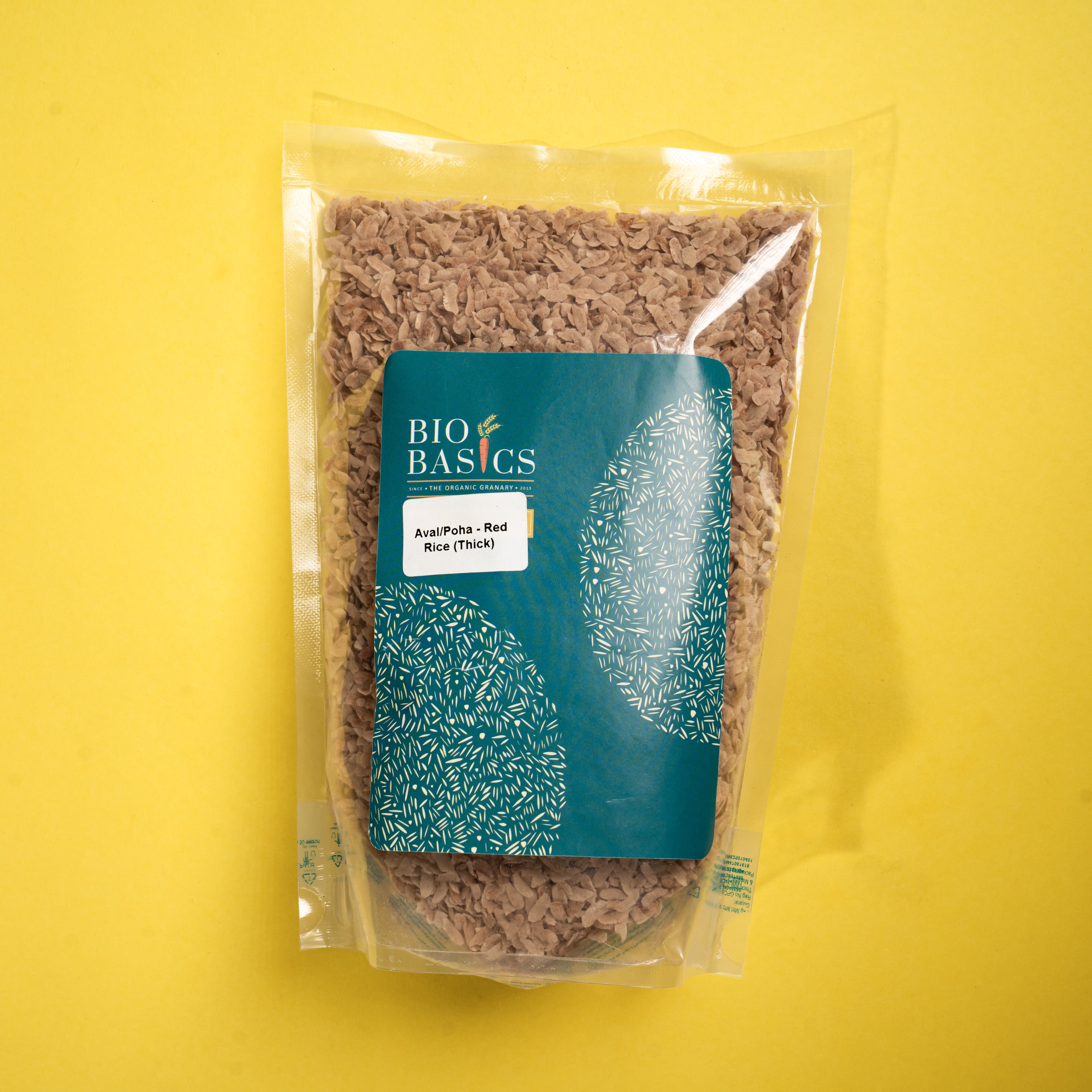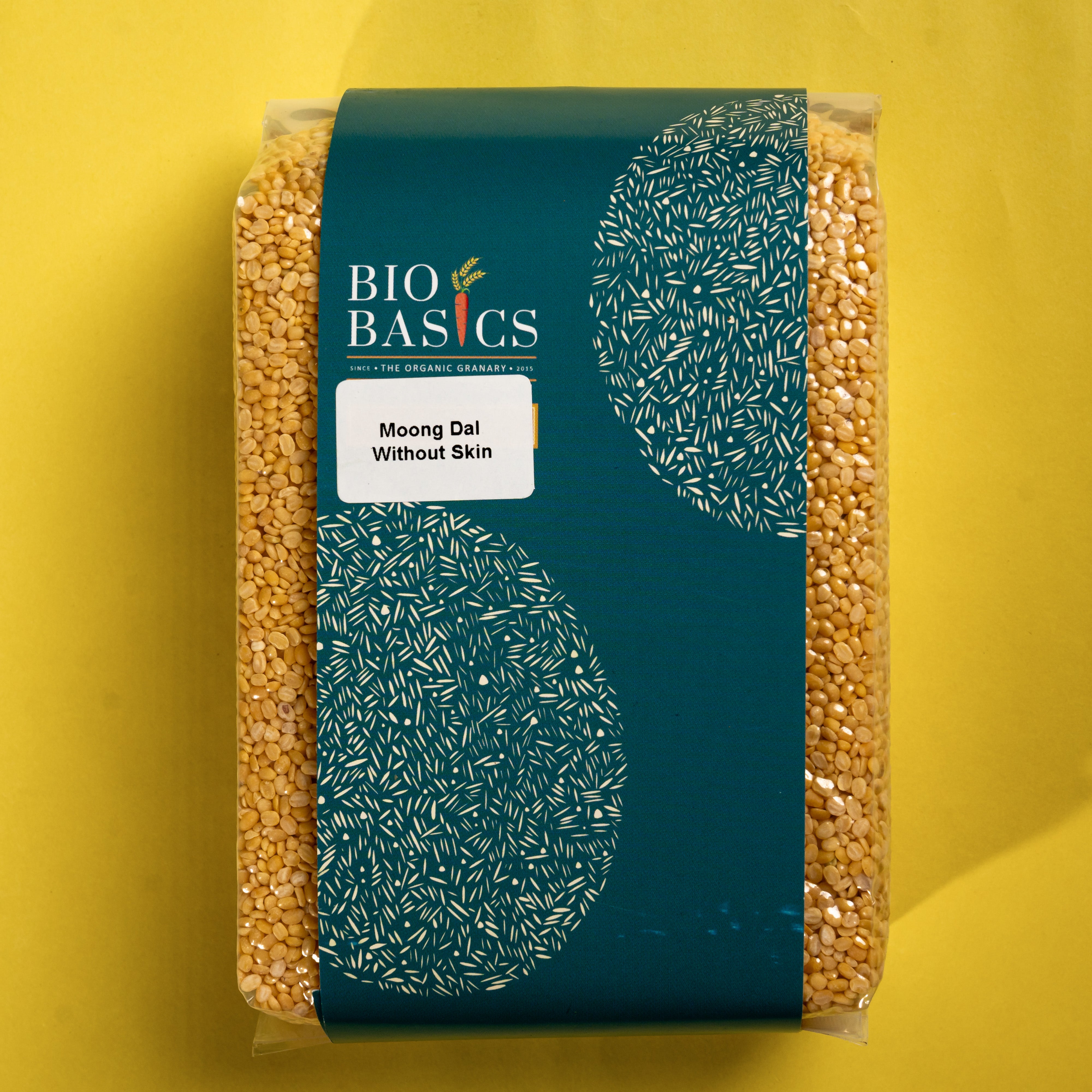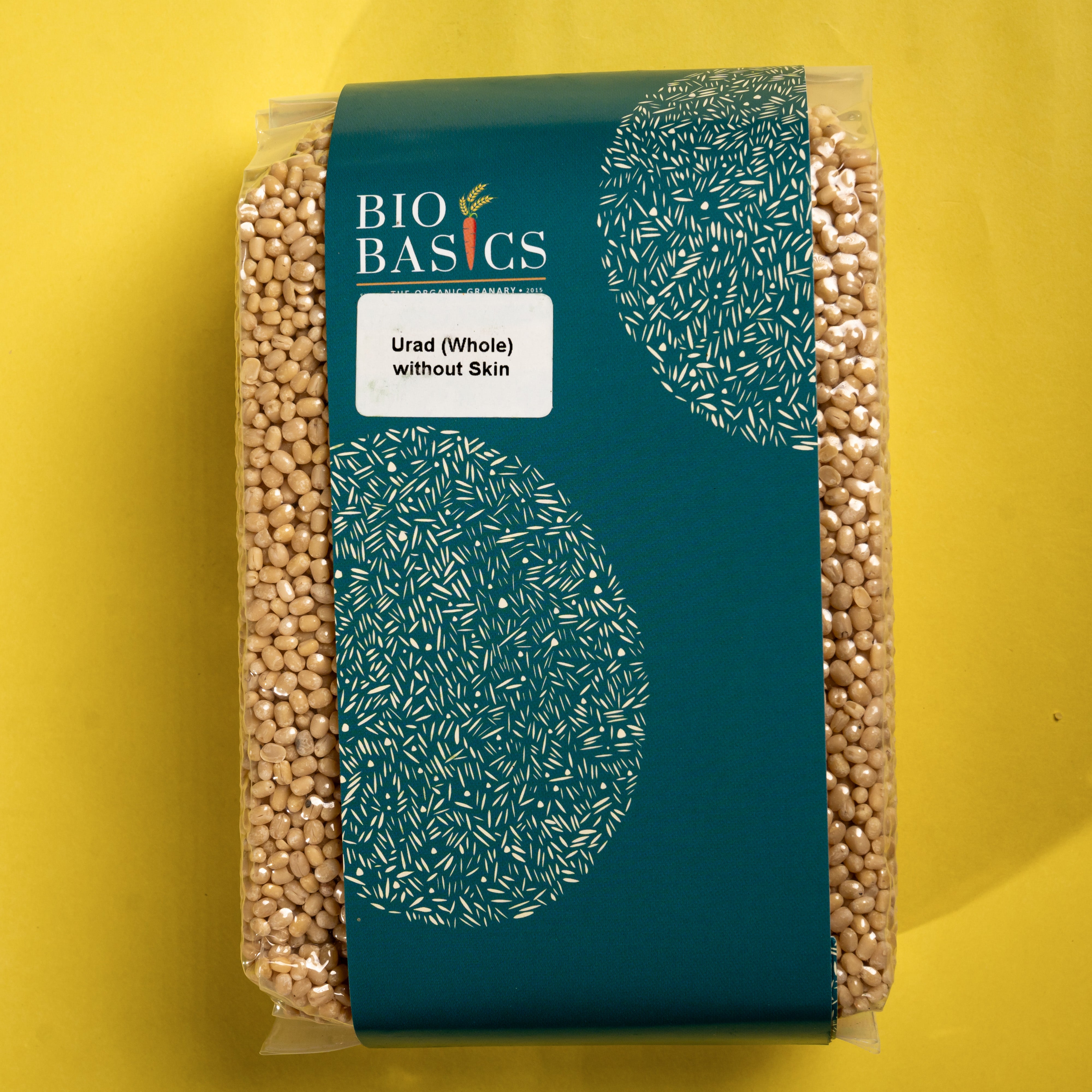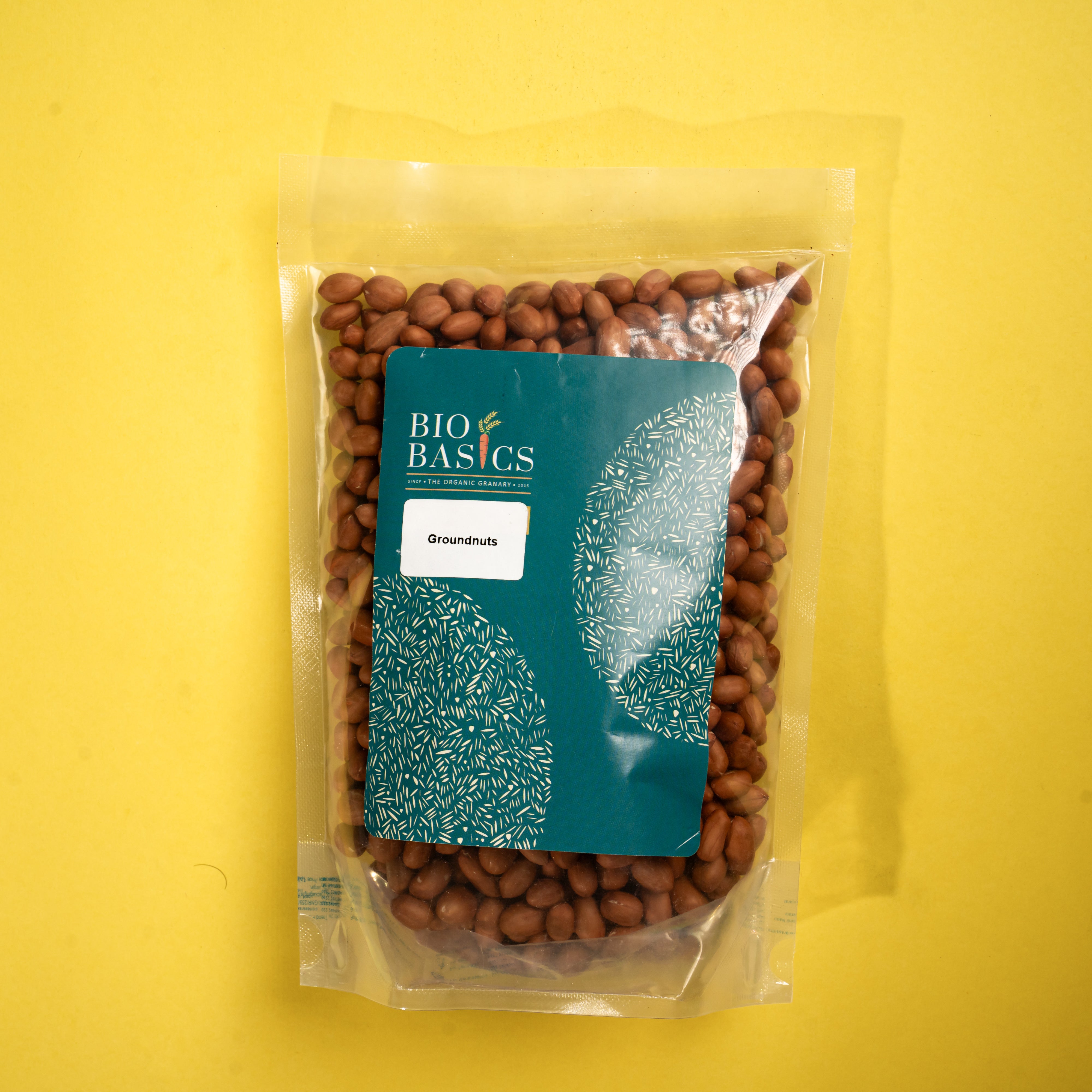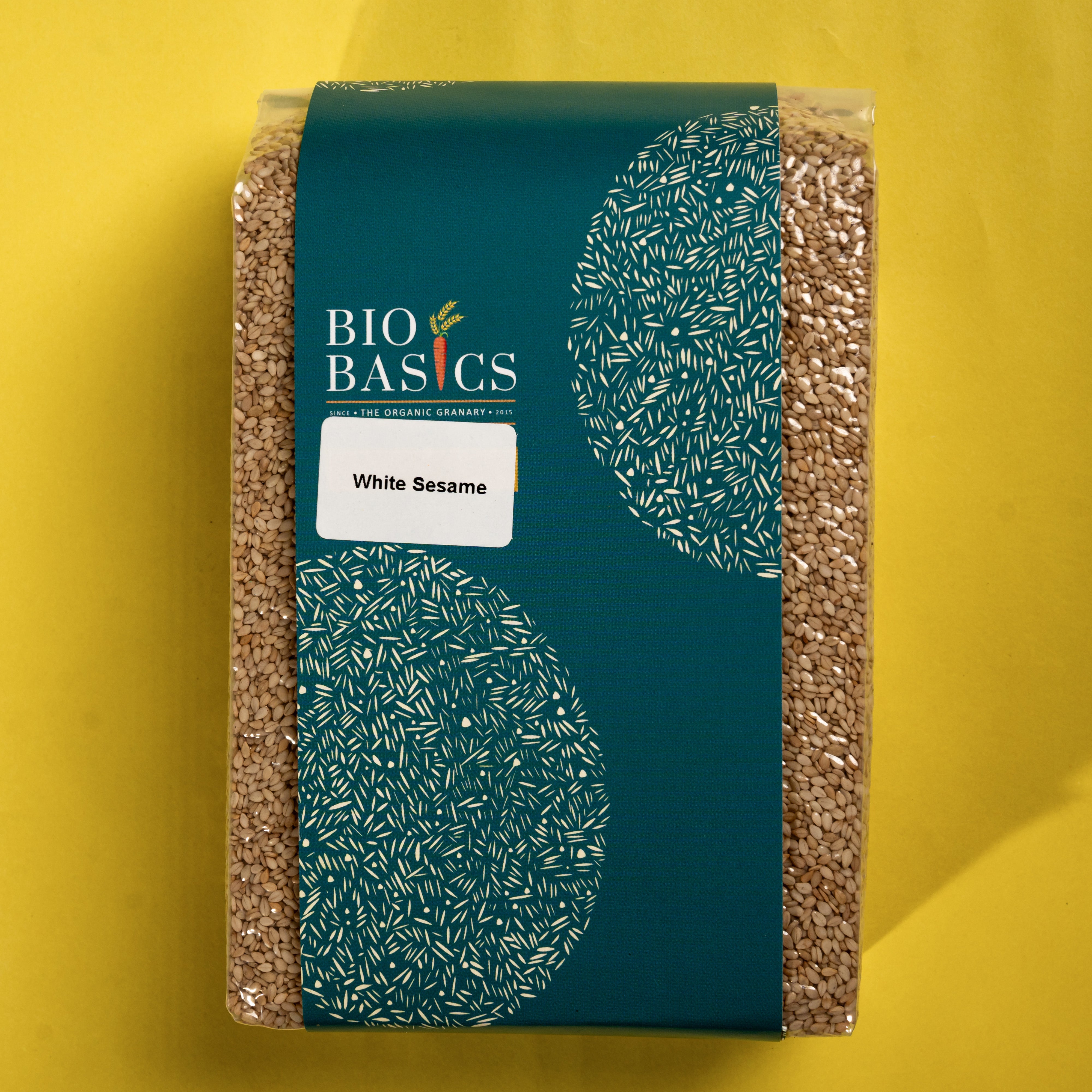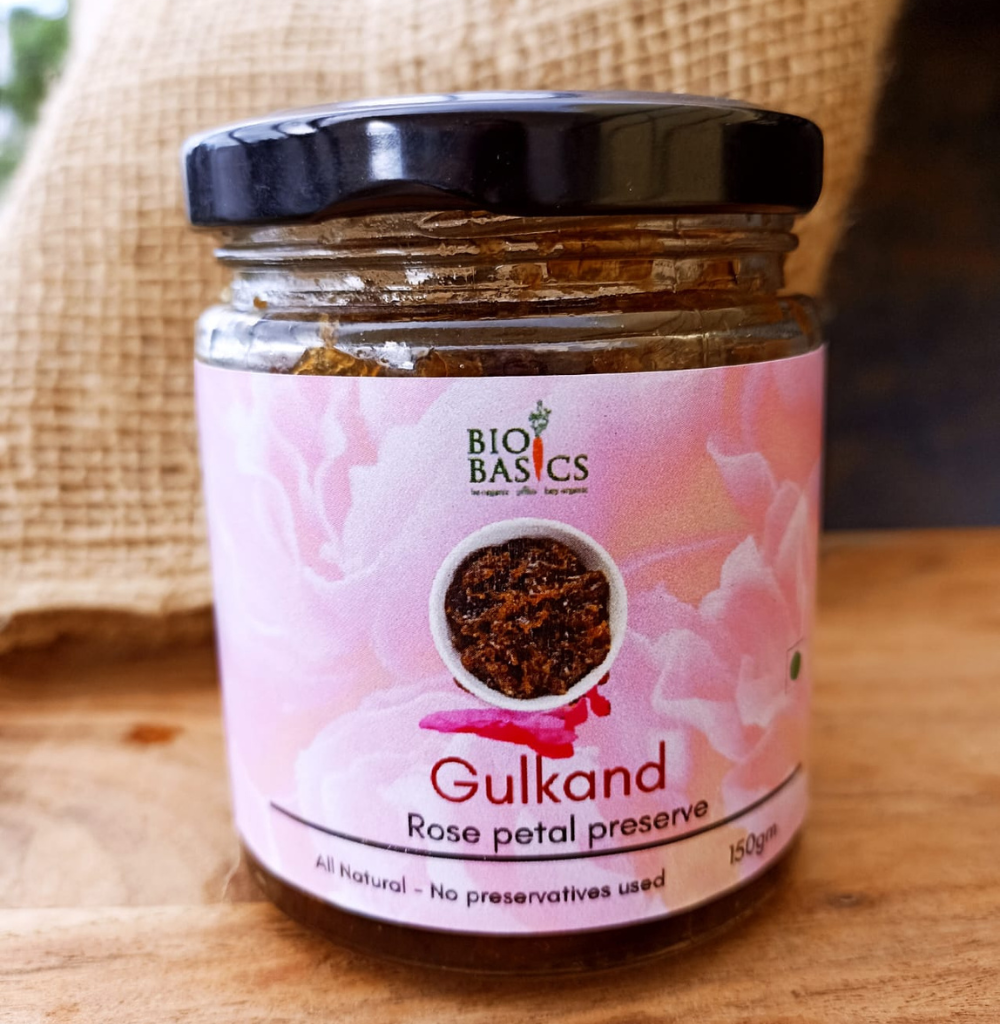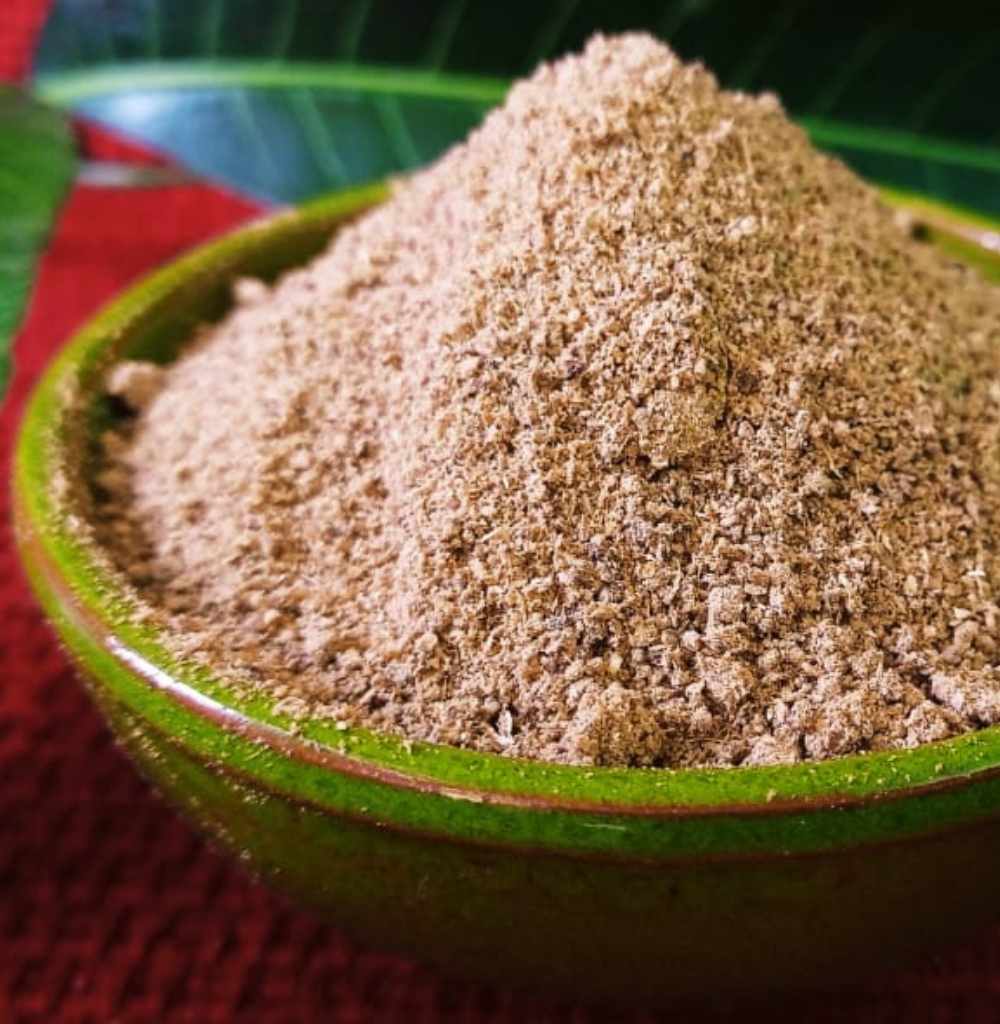How do red rice and brown rice compare with each other?
How are red rice and brown rice different or similar ?
What is brown rice?
Brown rice is defined as rice that has brown bran and the endosperm ( the grain) is white. Once polished and the bran is removed all brown rice becomes white rice and is then known as white rice. Colloquially this is called hand pounded rice or KaiKuthal Arisi.
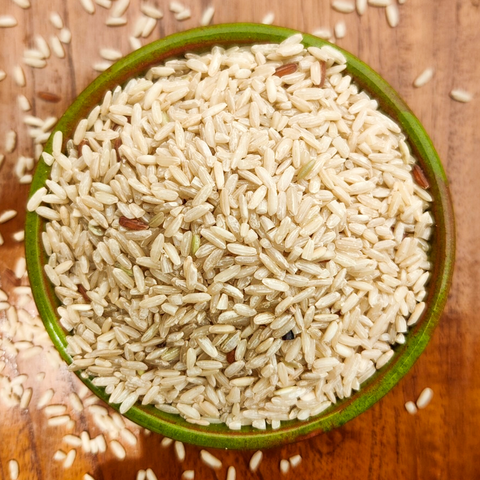
However, we should be cognizant that brown rice doesn't mean a particular variety. It is the umbrella term for all rices with brown bran. This grain is not polished.
When semi polished this rice looks dull white and then it's categorised as white rice. When fully polished the rice is milky white.
Bio Basics offers brown rice and semi polished white rice.
What is red rice?
Red rice is defined as rice with red bran and endosperm( grain) is white with a pinkish tinge. Colloquially this is called hand pounded rice or KaiKuthal Arisi.

Red rice is a generic term for all red rice varieties. Red rice can be unpolished, full red , and has 100% bran. Red rice can be semi polished , which means part of the bran is removed ( anywhere between 25- 75 %). The grain will show red and white streaks and when cooked the rice is red or pink.
Comparing red and brown rice
Comparing brown rice and red rice is an incomplete exercise as the nutrient composition of the rice will vary with varieties and how it is processed- raw, par boiled, unpolished, semi polished etc...
So let's look at what is common to both red and brown rice.
The common factor between both is that in their unpolished form, with full bran these rices are high in fibre, highly satiating enabling portion control and good for blood sugar management.
Also, both red rice and brown rice are certainly nutritionally superior to and more healthy than white rice.
In addition, what is important is to consume both red rice and brown rice that are grown organically and stored and processed without any chemicals. The chemical free grain is the optimal for health.
Benefits of Red rice:
In addition to the above, red rice is known for its high anthocyanins, an antioxidant that helps repair the body. Red rice generally has lower fat , higher protein and high fibre. Red rices are known to prevent overeating and prevent constipation.
Benefits of Brown rice:
In addition to the above, brown rice carries manganese , which is critical for bone development, healing and the nervous system. It contains phenols and flavonoids that are a type of antioxidant which helps the body repair and maintain itself.
So which should I choose - red or brown?
This depends on your diet preference, the rice you are accustomed to, the geography you come from and your appetite for trying out different grains. People who have eaten only slender white rice might find adopting red rice very alien, in which case a semi polished organic white rice or a full bran organic brown rice would be a great, healthy alternative.
People who have grown in the south of India, who have eaten the bold parboiled rice varieties used here can adopt red rice varieties more easily.
Taste-wise, red rice scores over brown with its rich, nutty flavour. Whereas, in terms of familiarity and grain feel brown rice scores for most white rice eaters.
What are the red and brown rices that Bio Basics can offer you ?
Bio Basics offers all rices grown organically, stored and processed naturally . We have a few good traditional red and brown rices .
Looking for traditional rice varieties in red & brown?
Then check out the following:
Organic brown rice varieties
Thuyamalli , Kichadi Samba, Basmati, Sona masuri,
Organic red rice varieties
Raktashali, Thondi, Mappilai Samba, Kerala Matta
Now the question is are you team red or team brown?
What does Bio Basics recommend ?
We recommend trying different rice varieties - red, brown, black, white. Each rice has its own distinct micronutrient & taste profile. Learning to use these will elevate your meals, while keeping you healthy!
